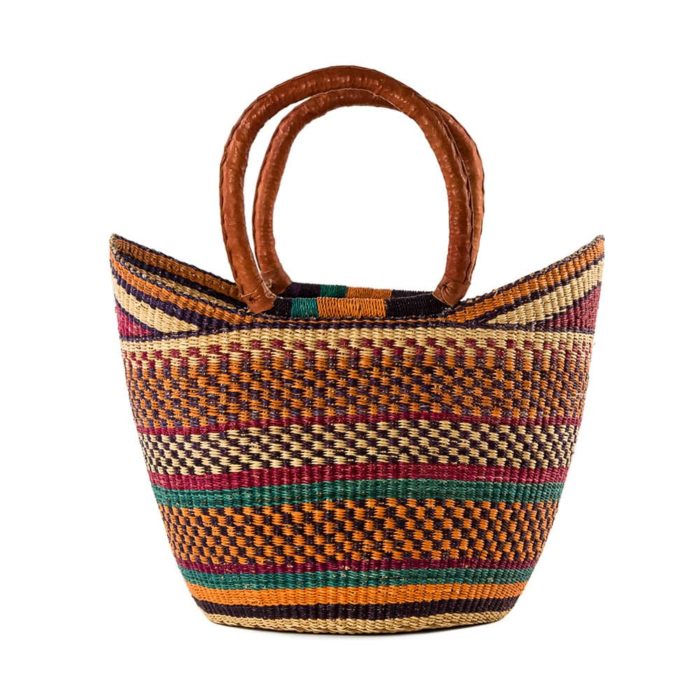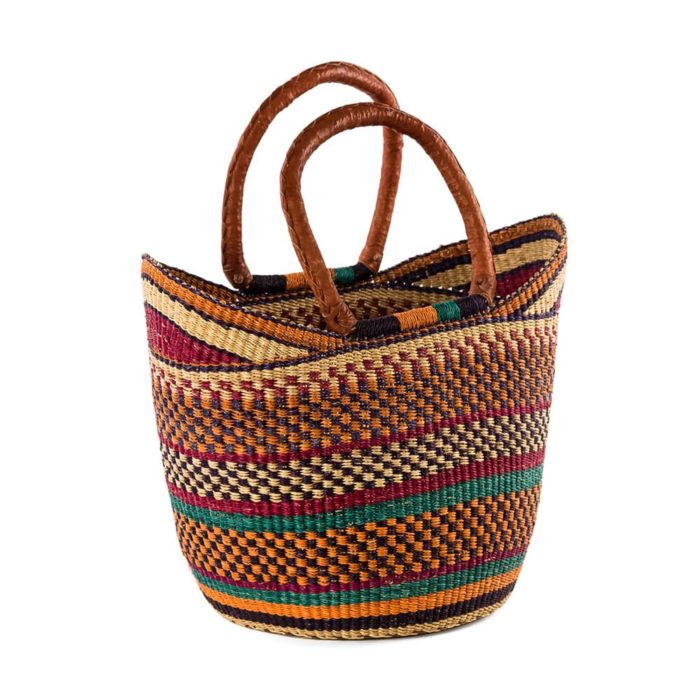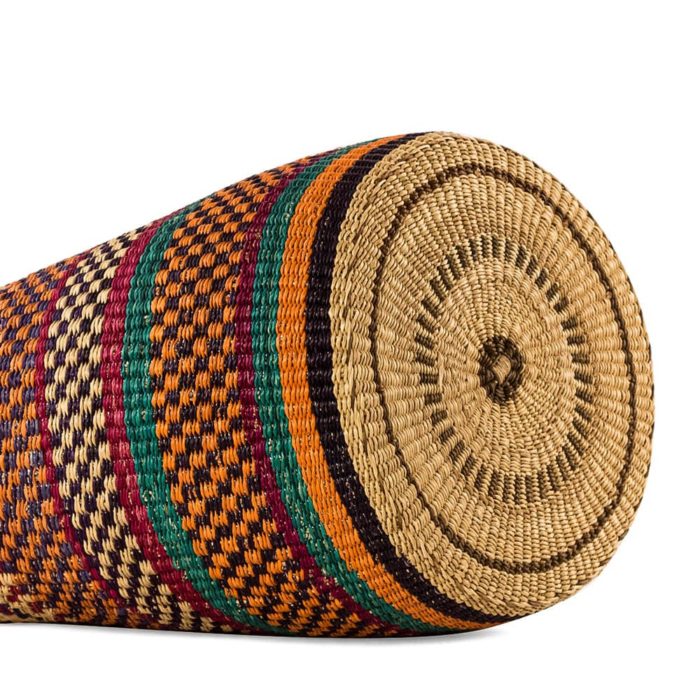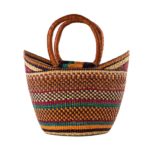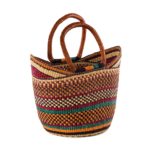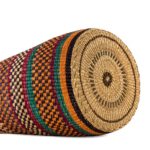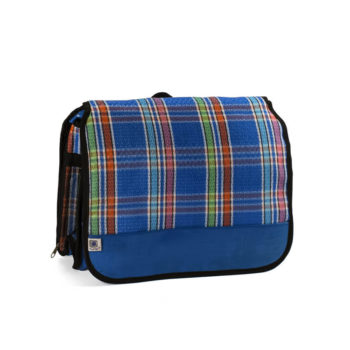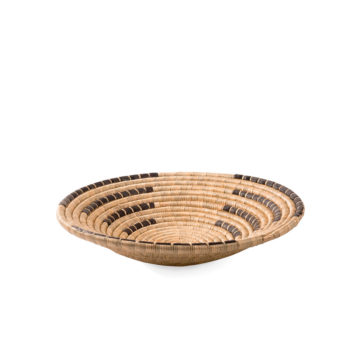The original Bolgatanga basket
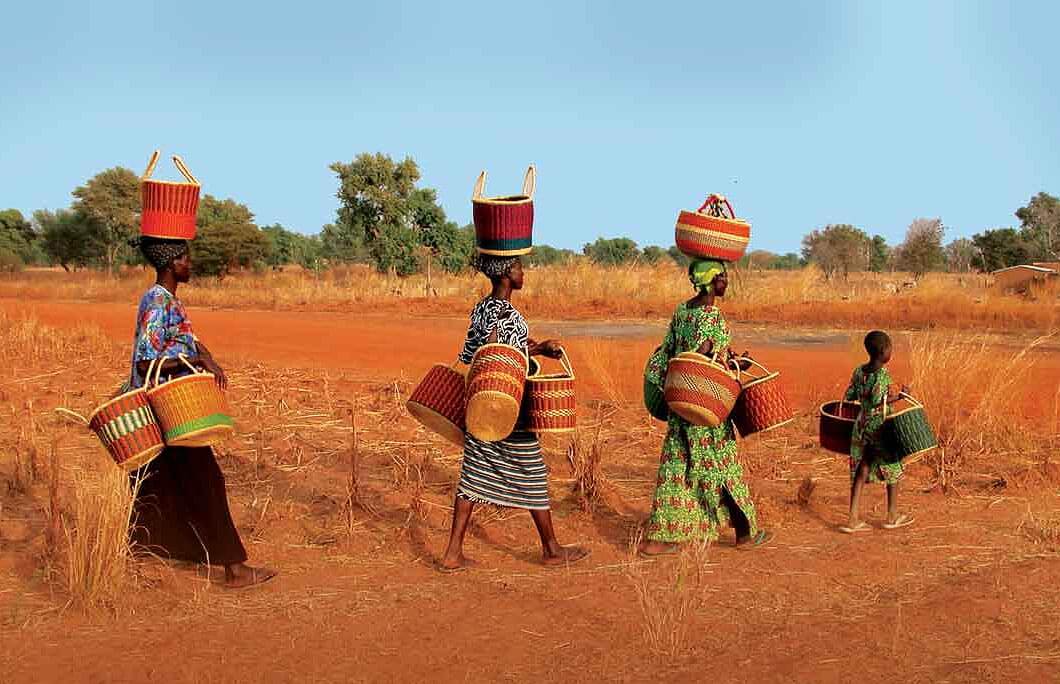
In the northern region of Ghana, agriculture has always been important for the survival of many families. However, due to the poor soil and harsh climatic conditions, handicraft activities have been gaining traction in recent decades. Especially in the town of Bolgatanga, where villagers organised themselves and developed a fair trade model, transforming the local economy.
Bolgatanga handicrafts are purely utilitarian in origin, as the aim was to meet basic local needs. But the amazing creativity and craftsmanship of the villagers have transformed these pieces into exquisite decorative objects, given their detailed pattern composition and attractive colours. Their creations, especially basketry, have become very popular in the world of decoration.
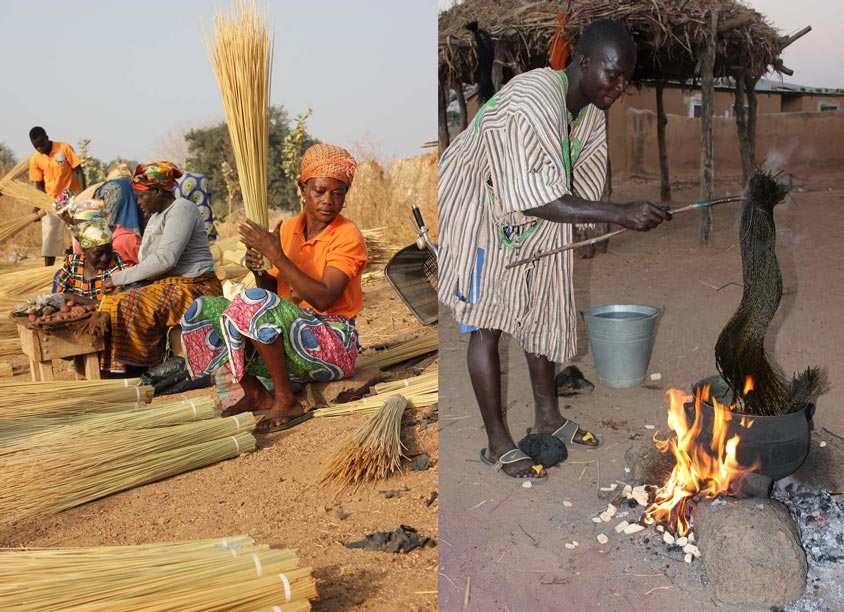
100% artisanal process
The manufacturing of each Bolgatanga basket is laborious and takes on average about three days to complete. The process begins with the collection of the so-called “veta vera”, also known as “elephant grass”. The fibre of this river grass is sturdy but malleable at the same time. After a sun drying task, the straw is separated into groups and twisted and immersed in boiling water, using natural dyes to colour it.
The straw has to soak for 30 minutes or more for the colour to be fixed, and a skilled dyer will start with the lightest colour and gradually add more hues to create a variety of different dyes with a single bath. In that way, you can dye several bundles of straw in an assortment of colours.
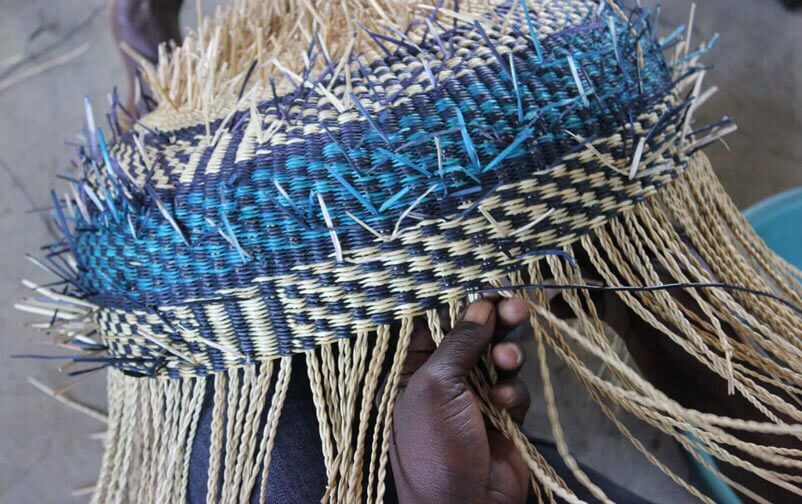
The weavers carefully select the pieces of grass for each part of the basket. A close look at the product reveals the different types of straw used, some of which are thinner and some of which are thicker. There are also different treatments of the straw: broken, unbroken, twisted once or twisted twice. These nuances vary according to the particular type of basket. Once the right fibre has been selected, the artisans weave from the bottom upwards to finally wrap the handles with pieces of leather.
Crafts with designation of origin
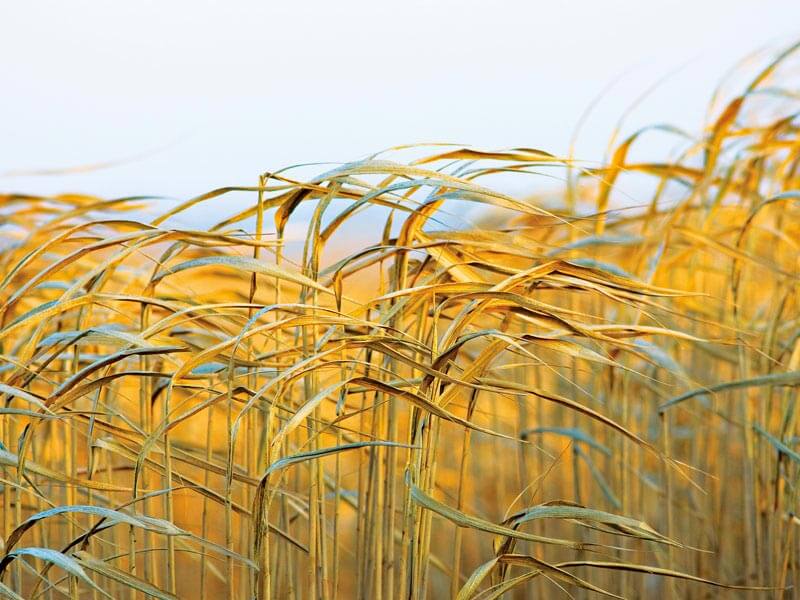
Elephant grass is a natural fibre that is abundant in the sub-Saharan plains of West Africa. But only in Ghana is it used to produce the Bolgatanga basket. It is harvested several times each rainy season without disturbing the life cycle of the plant, ensuring that there will always be more crops the following year.
This type of environmentally friendly production, combined with the culture of fair trade, has elevated these products one of the leading exponents of the contemporary African design. After all, they combine folk tradition, art and beauty in a truly inspiring way.

